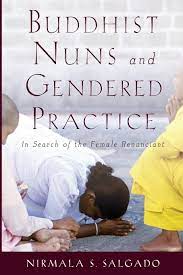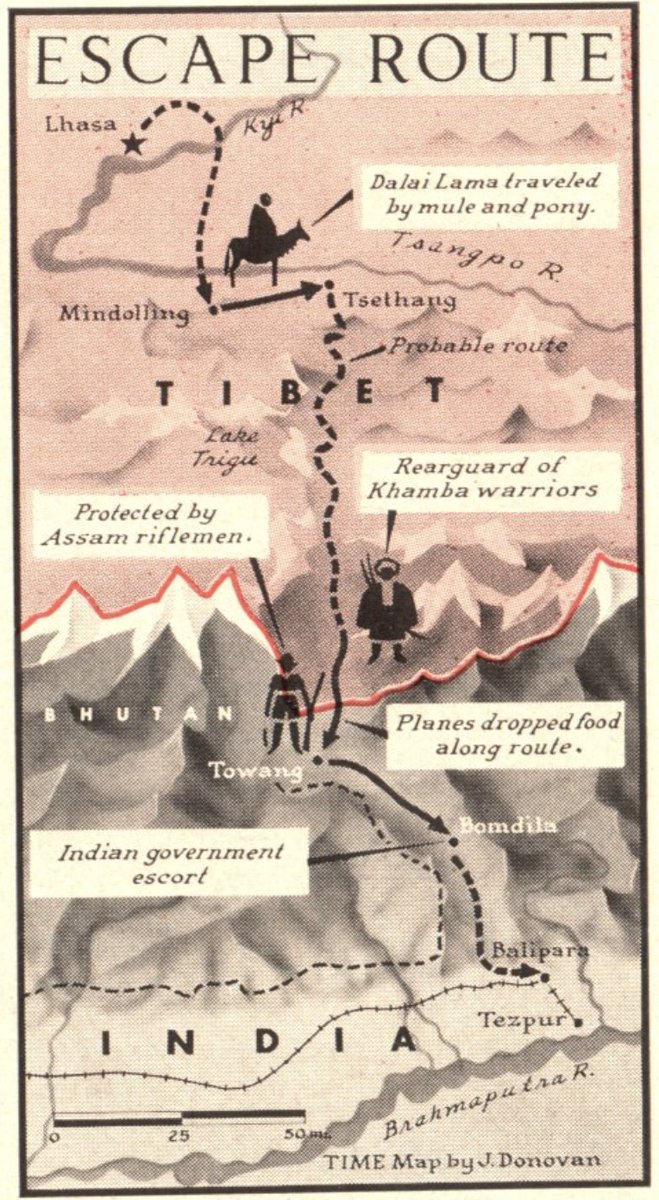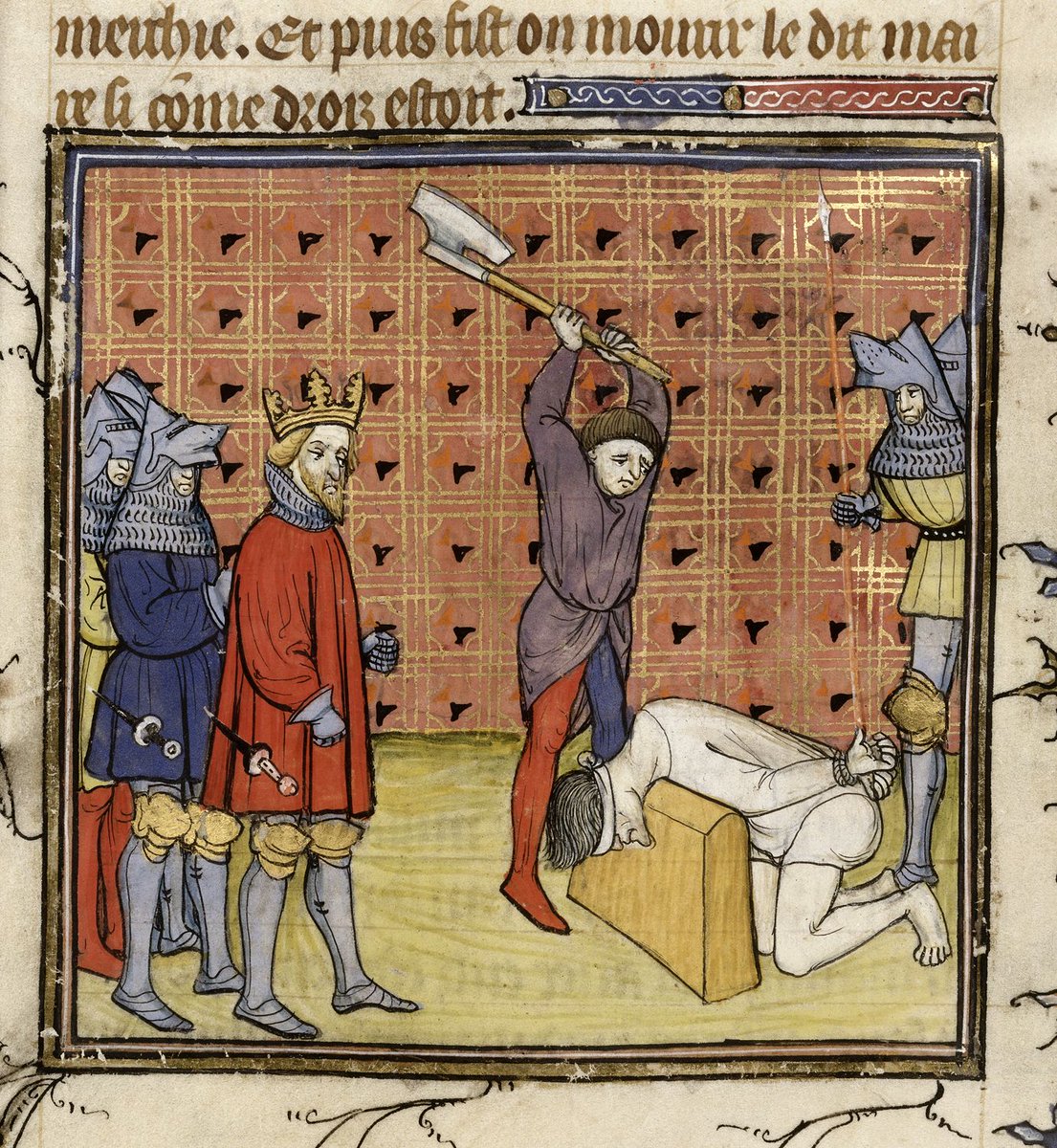
🧵Three by @ChawlaSwati
1/ On Tibetan Buddhist Nuns in Exile:
#OnThisDay @DalaiLama was awarded #NobelPeacePrize, the only #Buddhist religious leader thus honored (#MLK nominated @thichnhathanh in '67).
Many associate #Tibet w/ him+ other monks in red robes--
What about nuns?
1/ On Tibetan Buddhist Nuns in Exile:
#OnThisDay @DalaiLama was awarded #NobelPeacePrize, the only #Buddhist religious leader thus honored (#MLK nominated @thichnhathanh in '67).
Many associate #Tibet w/ him+ other monks in red robes--
What about nuns?
https://twitter.com/Tweetistorian/status/1469028502292733954

2/ "Some feminists from the West cud accuse me by saying, ‘The #DalaiLama is the authority but he doesn’t help the nuns.’"
Yes, @DalaiLama has often faced the accusation that the #TibetanBuddhist tradition doesn't give nuns the same rights as monks.
info-buddhism.com/Interview_Dala…
~SC
Yes, @DalaiLama has often faced the accusation that the #TibetanBuddhist tradition doesn't give nuns the same rights as monks.
info-buddhism.com/Interview_Dala…
~SC
3/ 🚨🚨🚨 Of the 8 reps of #TibetanBuddhism in the current Parliament in Exile– two each from Gelug, Kagyu, Sakya, Nyigma sects– **all** are monks; so are the two members from pre-Buddhist Bon religion.
(Though ~1/3 of MPs from provinces U-Tsang, Dhotoe+ Dhomey are women.)
~SC
(Though ~1/3 of MPs from provinces U-Tsang, Dhotoe+ Dhomey are women.)
~SC

4/ To be sure, #TibetanBuddhists are not alone.
Among #Theravada Buddhists in S+ SE Asia, #SriLankan nuns hv been refused official identity cards in their ordained names.
The Thai Buddhist Council denies legitimacy to the process of ordaining women:
huffpost.com/entry/thailand…
~SC
Among #Theravada Buddhists in S+ SE Asia, #SriLankan nuns hv been refused official identity cards in their ordained names.
The Thai Buddhist Council denies legitimacy to the process of ordaining women:
huffpost.com/entry/thailand…
~SC
5/ @DalaiLama was a key patron of #Sakyadhita: Int'l Association for Buddhist Women (est. 1987). Literally “daughters of the #Buddha”, it “works for gender equity in Buddhist edu, training institutional structures+ (monastic) ordination"+ includes nuns from diff. traditions.
~SC
~SC
6/ Closer home, the Tibetan Nuns Project or TNP (@TibetanNuns) was instituted in the same year as #Sakyadhita (1987) to house the growing stream of new arrivals from Tibet, most of whom had nowhere to go.
tnp.org
#TweetHistorians
~SC
tnp.org
#TweetHistorians
~SC
7/ Why?
There were way fewer nunneries than monasteries in #Tibet. 99% nuns who arrived as refugees hadn't received any formal edu. Many couldn't write their names.
By contrast, monks often came from firmly established institutions, which enabled them to re-organise in exile.
~SC
There were way fewer nunneries than monasteries in #Tibet. 99% nuns who arrived as refugees hadn't received any formal edu. Many couldn't write their names.
By contrast, monks often came from firmly established institutions, which enabled them to re-organise in exile.
~SC
8/ The act of renouncing family life+ traditional gender markers (hair, clothing) is supposed to neutralize gender stereotypes, and make available to nuns and monks alike a “monastic androgyny” A.K.A. the third gender of the renunciate.
--h/t Charlene Makley
Great, right?
~SC
--h/t Charlene Makley
Great, right?
~SC
9/ In reality, nuns often got “resexed” in misogynistic conceptions of their communities.
They faced “triple subordination”:
❌discrimination by Chinese
❌a monastic structure made by+for monks
❌inferior position of being women in a patriarchal society
--h/t Hanna Havnevik
~SC
They faced “triple subordination”:
❌discrimination by Chinese
❌a monastic structure made by+for monks
❌inferior position of being women in a patriarchal society
--h/t Hanna Havnevik
~SC
10/ So, you might be surprised to know that #Tibetan nuns hv organised guerrilla mvmts+ led protests from prison. The first three Tibetan women to self-immolate were all nuns.
Watch @zing10+ Ritu Sarin's #DrapchiElegy+ see
@tibetscapes🧵on the film:
~SC
Watch @zing10+ Ritu Sarin's #DrapchiElegy+ see
@tibetscapes🧵on the film:
https://twitter.com/tibetscapes/status/1432938847160045572?s=20
~SC
11/ In fact, the decision to become a nun in contemporary #Tibet is in itself a perilous political statement-- signals allegiance to way of life defined by #Buddhism AND resistance against its erasure+ #Sinicisation.
#TibetOralHistoryProject interview:
tibetoralhistory.org/Interviews/70D…
~SC
#TibetOralHistoryProject interview:
tibetoralhistory.org/Interviews/70D…
~SC
12/ Those who escaped into #exile endured lingering trauma, air pollution+ crowded conditions of makeshift dwellings, which led many to contract ailments such as impetigo and tuberculosis.
Enter, #TibetanNunsProject (TNP) in 1987.
#TweetHistorians #Tibet
📷: @olivieradam07
~SC

Enter, #TibetanNunsProject (TNP) in 1987.
#TweetHistorians #Tibet
📷: @olivieradam07
~SC


13/ Spearheaded by @TibetanNuns over 30+ yrs, exiled nuns secured more religious+ educational parity w/ monks, incl training in ritualised philosophical debate, #Geshema degree (~PhD)+ tantric studies program, ALL once reserved for monks.
My piece:thewire.in/religion/from-…
~SC
My piece:thewire.in/religion/from-…
~SC
14/ The four-year #Geshe degree (exclusively for monks till 2012) is considered the highest academic degree in Tibetan Buddhism, equivalent of a PhD. It requires 17+ years of monastic training to be eligible for it+ v. few nuns had come that far until recently.
📷: @olivieradam07

📷: @olivieradam07


15/ In another important milestone, in March 2017, @Karmapa17 Ogyen Trinley Dorje took the first steps towards the revival of #Gelongma (full ordination for nuns)– a lineage that has been broken for almost a thousand years.
Watch his interview here:
~SC
Watch his interview here:
~SC
16/ In my work, I show how, far from being a monochromatic experience of dislocation and loss, the six-decade long exile in India has paradoxically proven to be an opportunity for #TibetanBuddhist nuns to reconfigure their position in Tibetan society.
#himalayanhistories
~SC
#himalayanhistories
~SC
17/ However, Nirmala Salgado et al caution that “narratives of contemporary Asian nuns hv yet to be appreciated on their own terms”+ transnational projects of “women’s empowerment” cud end up treating their position as a "problem" that (western) liberal feminism can "solve."
~SC
~SC

18/ Additional resources:
@TibetanNuns on the #Geshema degree: tnp.org/geshema-degree/
Interview w/ #Geshema Tenzin Kunsel:
@HarvardDivinity's Janet Gyatso on the revival of full ordination: tricycle.org/magazine/recen…
#Tibet
#TweetHistorians
~SC
@TibetanNuns on the #Geshema degree: tnp.org/geshema-degree/
Interview w/ #Geshema Tenzin Kunsel:
@HarvardDivinity's Janet Gyatso on the revival of full ordination: tricycle.org/magazine/recen…
#Tibet
#TweetHistorians
~SC
PS— my brilliant colleague @Jue41114539’s piece on Buddhist nuns and female scholars just came out yesterday in @ConversationUS :
theconversation.com/buddhist-nuns-…
theconversation.com/buddhist-nuns-…
• • •
Missing some Tweet in this thread? You can try to
force a refresh












